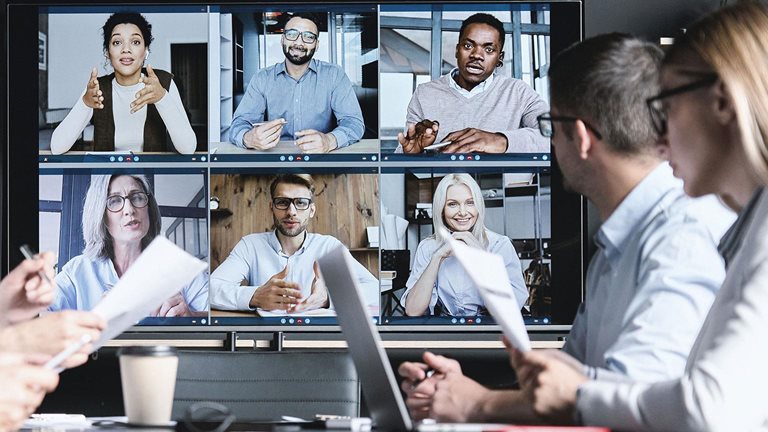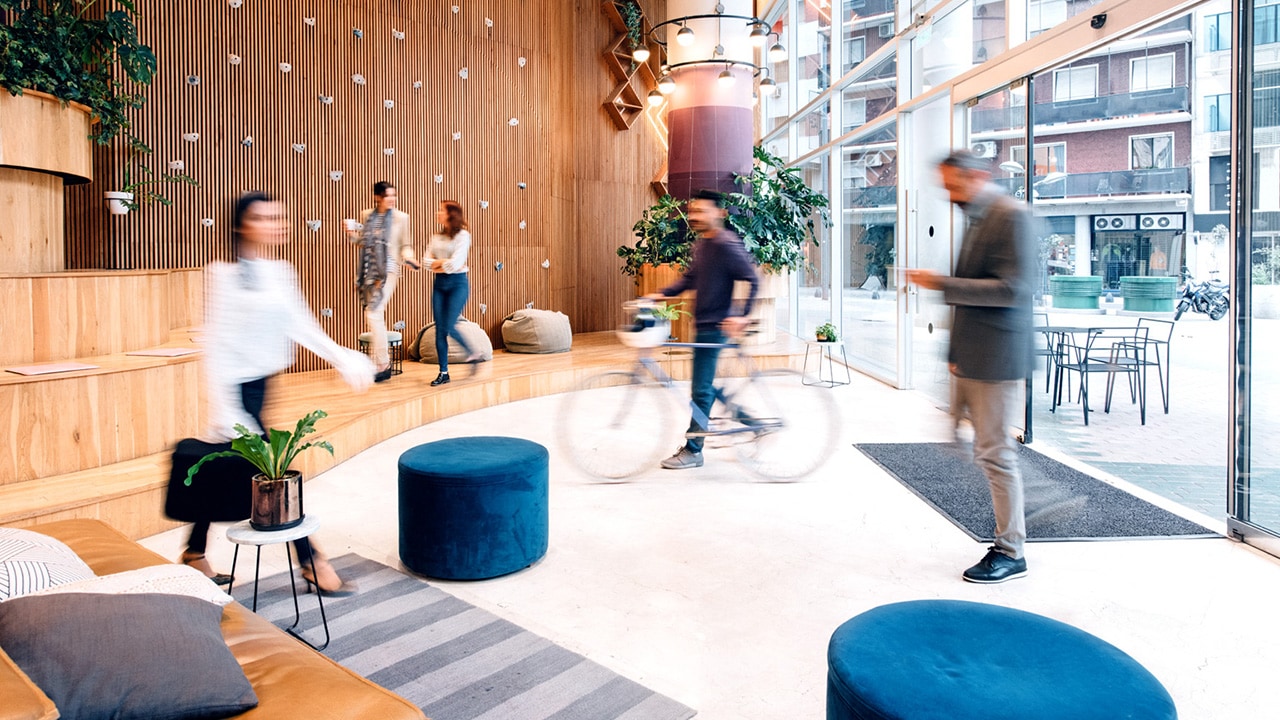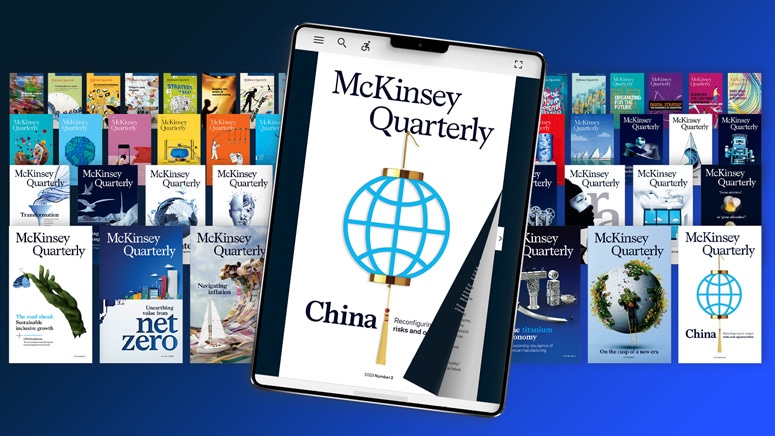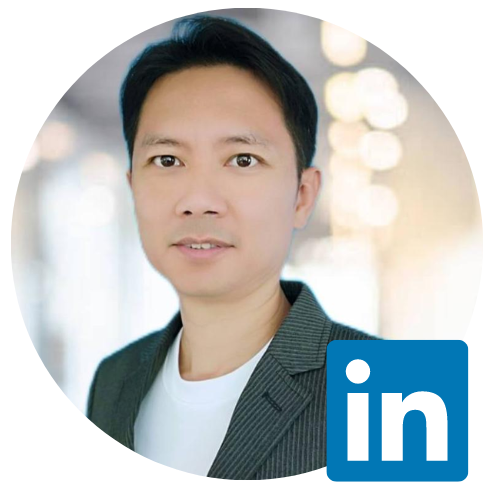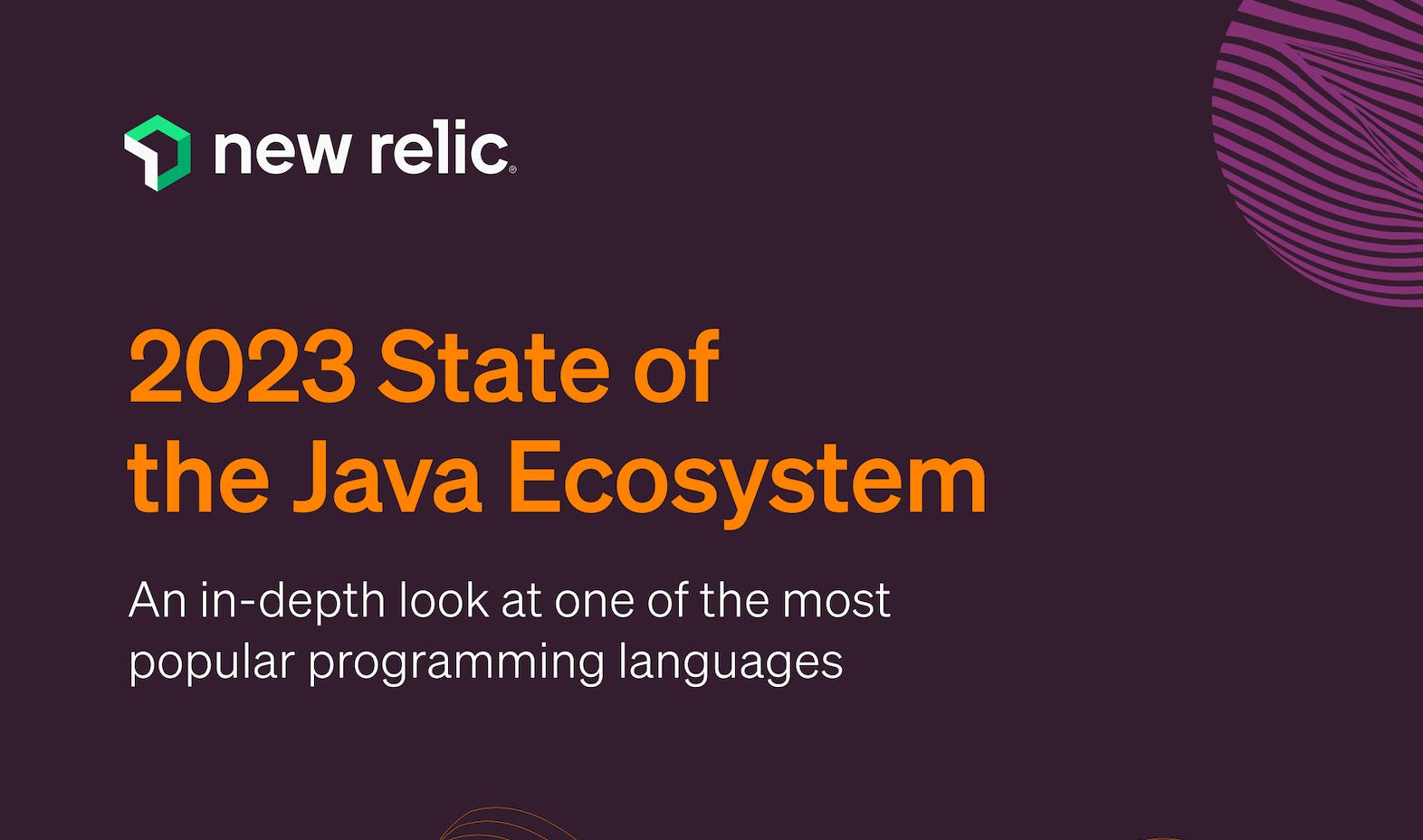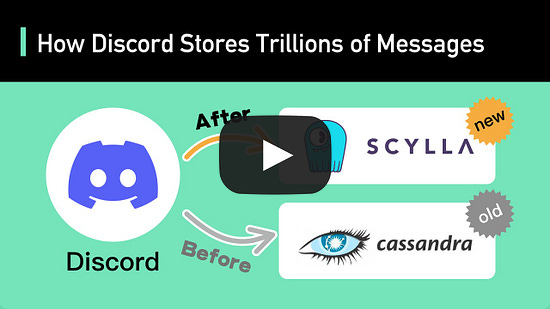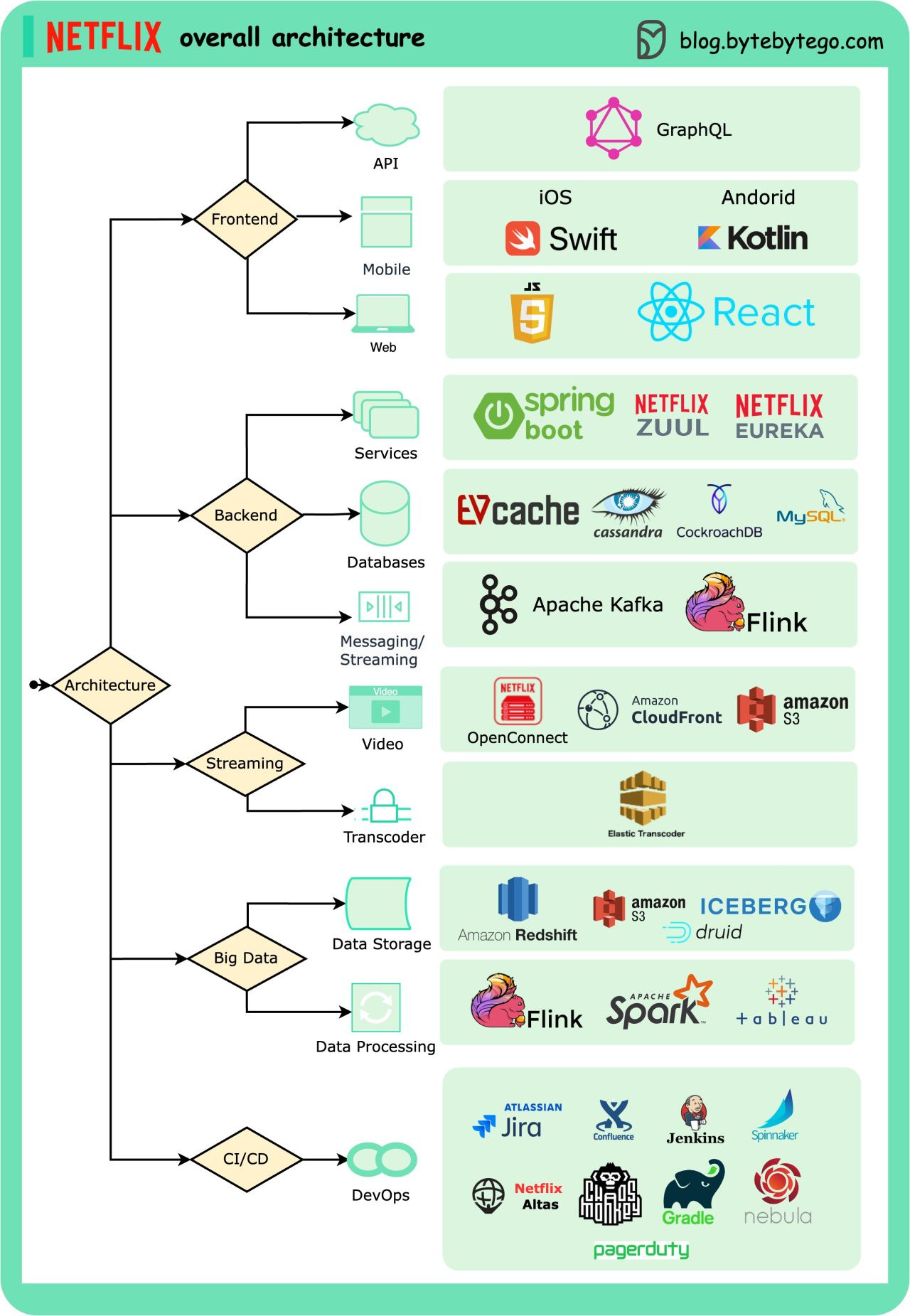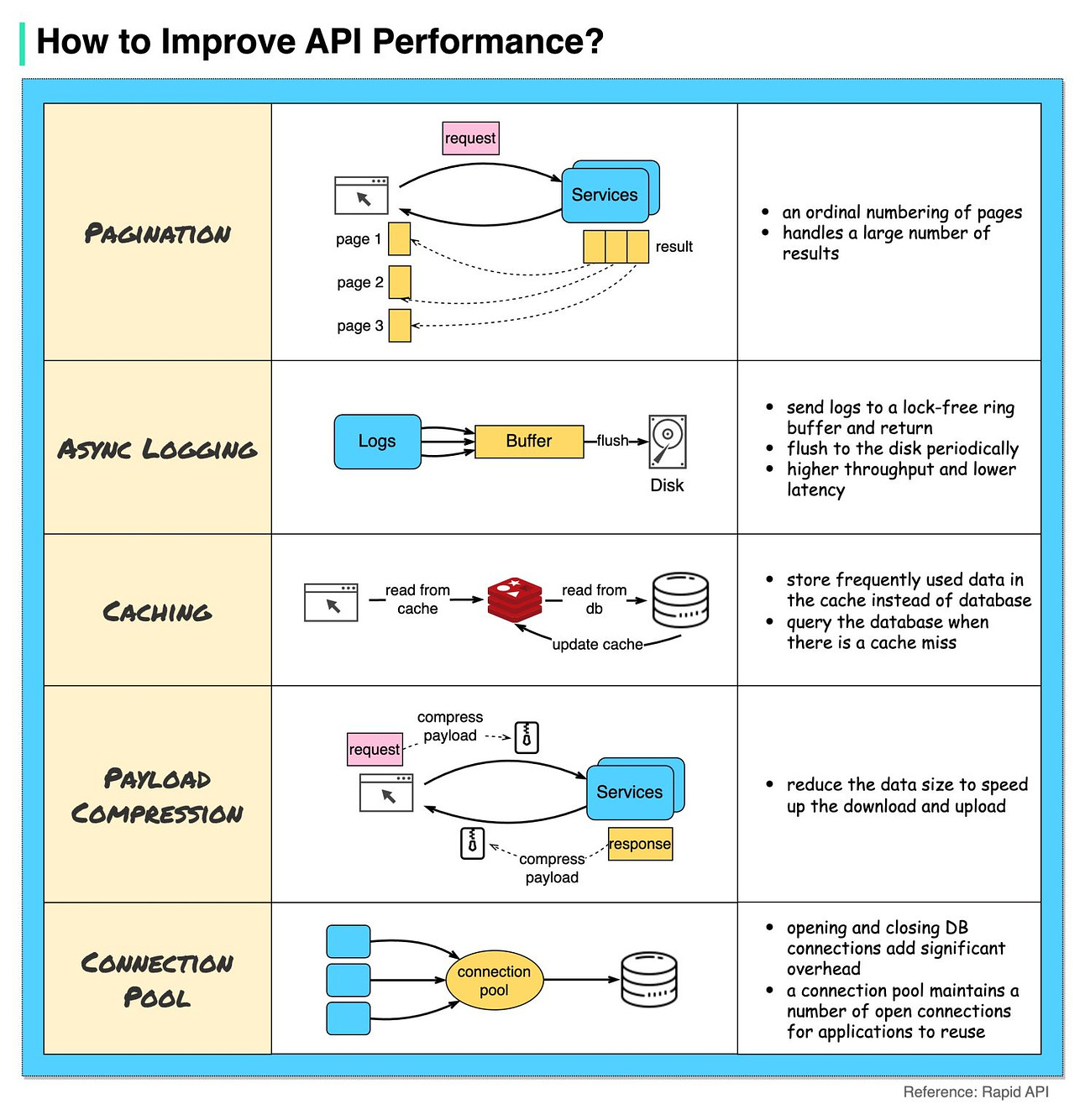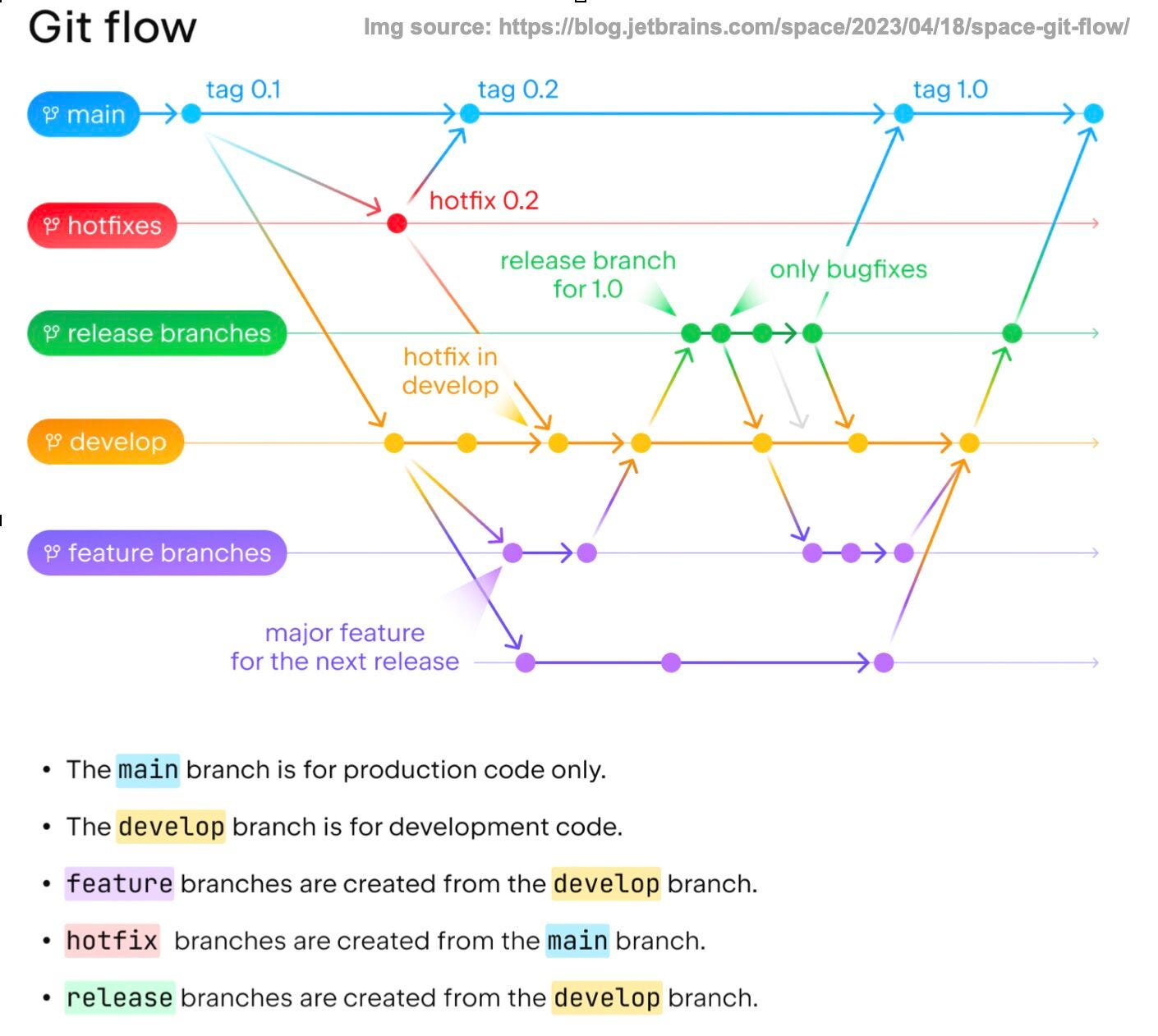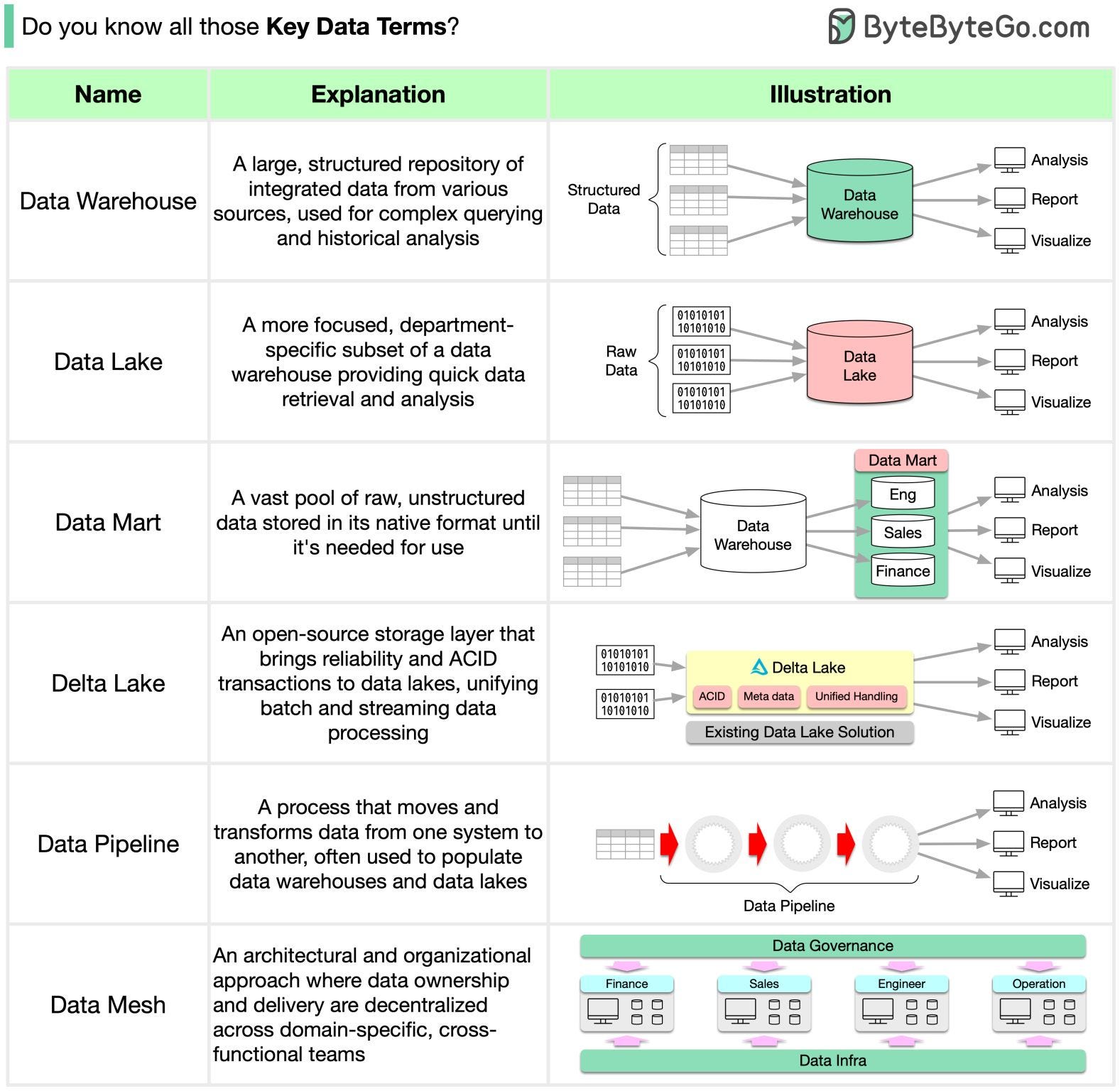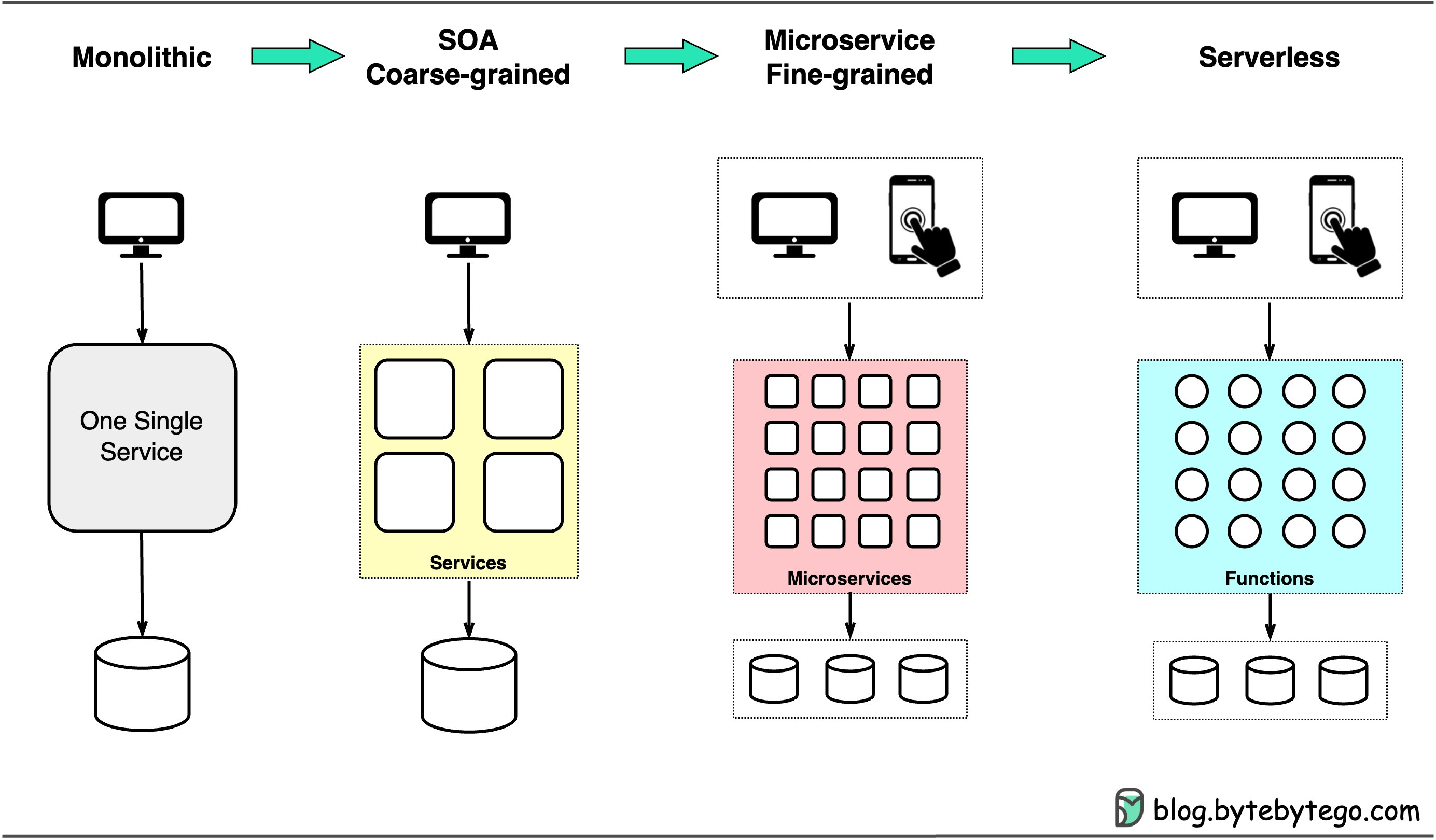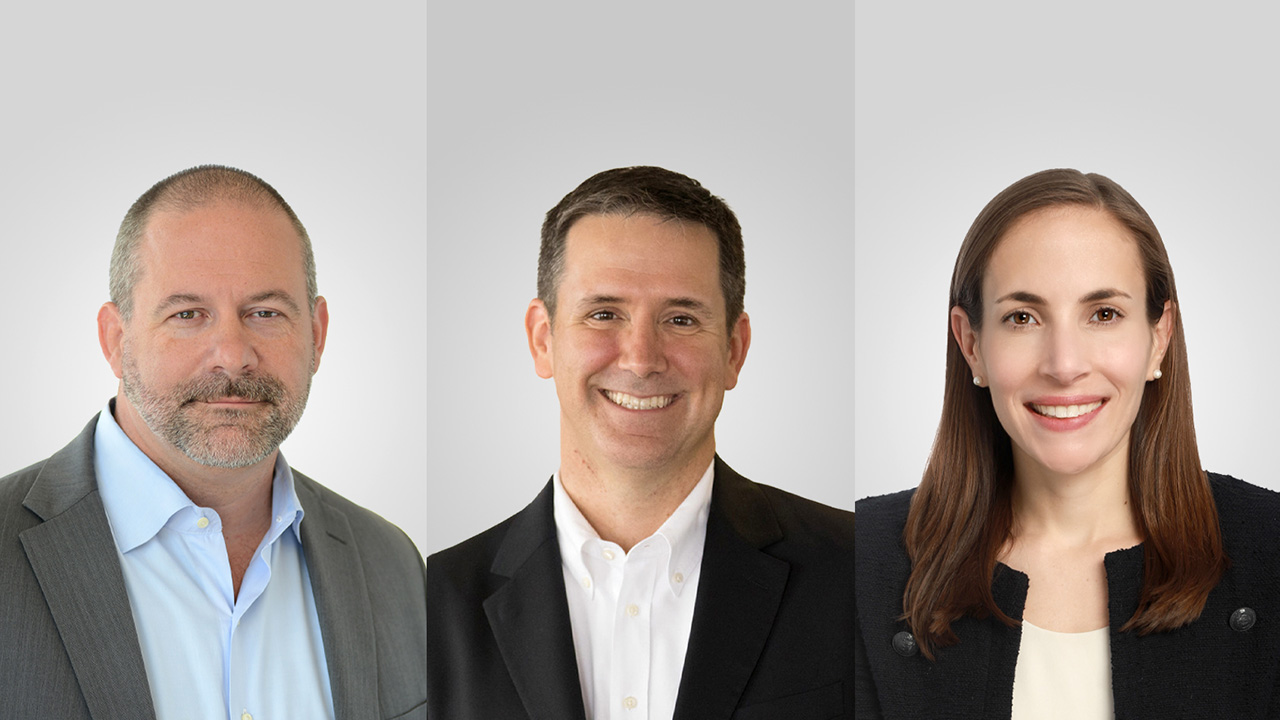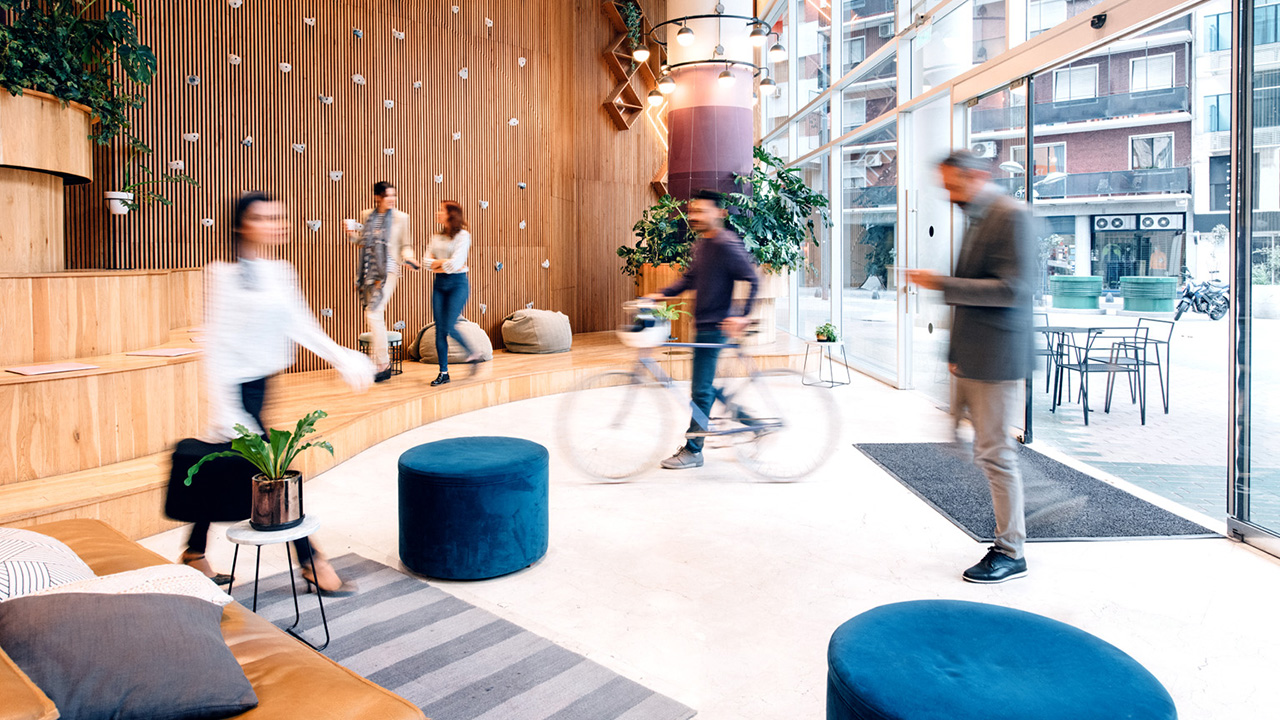Archives
- By thread 5349
-
By date
- June 2021 10
- July 2021 6
- August 2021 20
- September 2021 21
- October 2021 48
- November 2021 40
- December 2021 23
- January 2022 46
- February 2022 80
- March 2022 109
- April 2022 100
- May 2022 97
- June 2022 105
- July 2022 82
- August 2022 95
- September 2022 103
- October 2022 117
- November 2022 115
- December 2022 102
- January 2023 88
- February 2023 90
- March 2023 116
- April 2023 97
- May 2023 159
- June 2023 145
- July 2023 120
- August 2023 90
- September 2023 102
- October 2023 106
- November 2023 100
- December 2023 74
- January 2024 75
- February 2024 75
- March 2024 78
- April 2024 74
- May 2024 108
- June 2024 98
- July 2024 116
- August 2024 134
- September 2024 130
- October 2024 141
- November 2024 171
- December 2024 115
- January 2025 216
- February 2025 140
- March 2025 220
- April 2025 233
- May 2025 239
- June 2025 303
- July 2025 162
-
Hi
Hi, My name is Iona. I'm a search engine specialist. I wanted to share a few major issues I discovered that can help with your website search rankings: •Your website's technical errors, such as HTML errors and missing image alt tags, can be improved. •The number of high-quality and/or authoritative links pointing to your site is extremely low. •Active and regular updates and posts on social media portals to increase popularity and brand awareness. We can help you fix these issues and get your website ranked on the 1st page of Google. Please let us know if you are interested and I'll send you a proposal with our prices, SEO strategy, and results from what we have achieved for other clients. Kind Regards Iona Cobb __________________________________________________ Please ask to be 'No' if you are not interested.
by "Iona Cobb" <info@myholi.com> - 12:42 - 20 Jun 2023 -
Fleet Expense Management Software designed for Multiple Industries.
Fleet Expense Management Software designed for Multiple Industries.
Simplify financial workflow for businesses across all industries.Simplify financial workflow for businesses across all industries.
Use Cases Across Industries
Trucking
Reduce costs and improve operations through streamlined maintenance and repairs. Simplify driver expense management and accurate record-keeping. Efficiently handle toll and road expenses for easy recording, reconciliation, and allocation.

Rental Fleet
Streamline fuel expense tracking for multiple vehicles. Manage fleet-wide maintenance and repair costs. Monitor vehicle depreciation for accurate asset valuation.

Tourism
Effortlessly track, optimize, and control fleet expenses in the tourism industry. Get centralized expense tracking, automated data capture, accurate real-time monitoring, and powerful reporting capabilities.

Discuss your use-case to get your business growing

Uffizio Technologies Pvt. Ltd., 4th Floor, Metropolis, Opp. S.T Workshop, Valsad, Gujarat, 396001, India
by "Sunny Thakur" <sunny.thakur@uffizio.com> - 12:30 - 20 Jun 2023 -
After a few years in, how do CEOs sustain high performance?
On Point
Four ways to avoid complacency Brought to you by Liz Hilton Segel, chief client officer and managing partner, global industry practices, & Homayoun Hatami, managing partner, global client capabilities
— Edited by Belinda Yu, editor, Atlanta
This email contains information about McKinsey's research, insights, services, or events. By opening our emails or clicking on links, you agree to our use of cookies and web tracking technology. For more information on how we use and protect your information, please review our privacy policy.
You received this email because you subscribed to the On Point newsletter.
Copyright © 2023 | McKinsey & Company, 3 World Trade Center, 175 Greenwich Street, New York, NY 10007
by "McKinsey On Point" <publishing@email.mckinsey.com> - 12:30 - 20 Jun 2023 -
The quarter’s top themes
McKinsey&Company
At #1: The A to Z on Gen Z In the second quarter of 2023, our top ten posts from McKinsey Themes look at collaboration overload, the future of the car, and more. At No. 1. is The A to Z on Gen Z, which features articles by Bo Finneman, André Dua, and Kweilin Ellingrud. Read on for our full top 10.
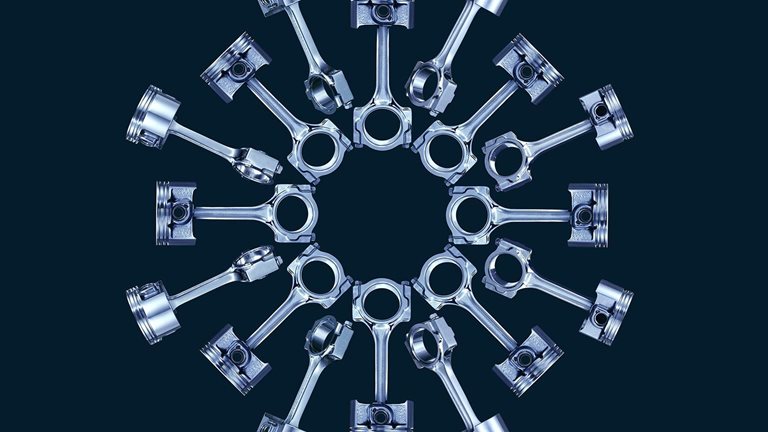
3. The future of the car
Over the past 20 years, the automotive sector has navigated a wave of disruptions; in the next decade, changes will come faster than ever—and with greater force and impact, write Kevin Laczkowski, Amuche Okeke-Agba, Andy Voelker, and Brooke Weddle in a new article. Buckle up
Today’s always-connected customers have high expectations from the companies that serve them. That’s why offering best-in-class customer experiences, or CX, is no longer merely a “nice to have” for organizations; in fact, there’s a strong correlation between companies’ CX ratings and their revenue growth. Be bold
DON’T MISS IT
Share these insights
This email contains information about McKinsey’s research, insights, services, or events. By opening our emails or clicking on links, you agree to our use of cookies and web tracking technology. For more information on how we use and protect your information, please review our privacy policy.
You received this email because you are a registered member of the Top Ten Most Popular newsletter.
Copyright © 2023 | McKinsey & Company, 3 World Trade Center, 175 Greenwich Street, New York, NY 10007
by "McKinsey Top Ten" <publishing@email.mckinsey.com> - 02:45 - 19 Jun 2023 -
⏳ Time is running out to save 40% on themes and extensions
⏳ Time is running out to save 40% on themes and extensions
Our sale ends soon! Hi there,
It's your last chance to save 40% on everything* at WooCommerce.com! The offer ends today at 2 pm UTC, so act fast.
From a new theme to extra functionality, to the essentials that will help you launch your store, there’s no end to the ways you can extend and enhance your business. Our team is devoted to developing cutting-edge advancements to the Woo platform, and every purchase helps power 3.4 million online stores like yours.
Remember, this offer ends at 2 pm UTC – don't miss out.
* Offer excludes all Woo Express plans, Storefront Extensions Bundle, WooCommerce In-Person Payments M2 card reader, and WooCommerce In-Person Payments WisePad 3 card reader. Valid on the purchase price for new purchases only — not applicable for subscription renewals. All product subscriptions renew at regular price after the first year. Cannot be used in conjunction with any other promotions, discounts, or coupons.
This email was sent to info@learn.odoo.com. You're receiving it because you opted in when creating an account or purchasing a product subscription on WooCommerce.com.
No longer wish to hear from us? Unsubscribe from marketing emails or all email communication. You may still receive transactional and/or account-related emails from WooCommerce.com.
View an online version of this email.
WooCommerce, Inc. is located at 60 29th St #343,
San Francisco, CA 94110, U.S.A.




by "Woo" <support+marketing@woocommerce.com> - 04:58 - 19 Jun 2023 -
Creating a balanced workplace flexibility strategy: A leader’s guide
Flex your workplace Brought to you by Liz Hilton Segel, chief client officer and managing partner, global industry practices, & Homayoun Hatami, managing partner, global client capabilities
Three years after the COVID-19 pandemic broke out, many organizations have embraced the idea of long-term flexible work arrangements. But setting clear parameters for hybrid and remote work hasn’t been easy. Guidelines have tended to be ad hoc and vary widely across companies, and many leaders, while supportive of flexibility, continue to express concerns about its impact on culture, collaboration, and performance. Balancing the needs of both employer and employee—rather than favoring one or the other—may be critical to the success of flexible workplaces.
When it comes to being prepared for flexible work, “most firms have only scratched the surface,” note McKinsey’s Phil Kirschner, Adrian Kwok, and Julia McClatchy while discussing the results of a McKinsey survey of real estate and people leaders. Most respondents still struggle to implement a set of 12 capabilities that McKinsey has identified as critical to successful hybrid workplace transformations. While many companies have the basics of flexible work in place—such as incorporating employee sentiment and deploying work-from-anywhere technology—they fall short on creating a unified workplace vision; testing new physical-office concepts; documenting processes, including how work gets done; and defining leadership accountability. Rather than fixating on days in the office, as many leaders tend to do, it may be more rewarding to “create a sustainable, responsive, and magnetic workplace experience,” suggest the McKinsey experts.
That’s the percentage of people who take the opportunity to work remotely if their employers offer that option, according to McKinsey’s American Opportunity Survey. Sixty-five percent of employed respondents say they would be willing to work remotely all the time—a clear signal to organizations that flexible work, born as a reaction to a crisis, has become a desirable and even expected job feature. But different groups experience flexible work differently: for example, younger workers are more likely than older workers to report having work-from-home opportunities. This makes it imperative for employers to consider how their flexible-work policies fit with their diversity, equity, and inclusion strategies.
That’s David Arena, head of global real estate for JPMorgan Chase, in a conversation with McKinsey partner John Means about the financial institution’s state-of-the-art office tower in New York City. Currently under construction, the building combines futuristic technology, sustainable workplace design, and employee experience to create flexible spaces that meet the needs of both remote and on-site staff. Features include bike racks, a designated lane for self-driving cars, renewable power systems, and biometric devices that can personalize employee interactions. “Today, it’s about the intuitive building, and that’s what we’re working on,” says Arena. “I think one of the things we’ve missed in office buildings is that people want to be known. They want to have a personal experience when they come to work, and I think there’s a great opportunity to do that.”
Hybrid work can be highly productive—if it is “well-organized hybrid,” says Stanford University economics professor Nicholas Bloom in this discussion with McKinsey partner Michael Chui. Bloom advocates a model in which “everyone comes in on the same anchor days, and everyone stays at home on the same home days.” This pushes face-to-face activities such as meetings, training sessions, and social events into the on-site days, with the at-home days available for quiet work that doesn’t require in-person collaboration. “You see productivity uplifts of often 2 to 3 percent per hour from quiet [work],” says Bloom. Combined with the savings on commuting time, “you’re getting something like 3 to 5 percent improvement in productivity.” But even fully remote workplaces benefit by meeting in person occasionally, Bloom says: “Normally, what they’ll do is meet up for, let’s say, a week every other month to try and build some connection.”
Several organizations have begun to reverse their remote work policies— causing dismay among workers who had relocated or made lifestyle changes based on the assumption that the earlier approach was long term. One of the challenges of a flexible-work model may be an increasingly large gap between senior leaders’ and employees’ perceptions of what it means. The more transparent and detailed your organization’s guidelines on remote work are, the more likely they are to satisfy employees and increase productivity. “Communication is key,” suggest McKinsey senior partner Aaron De Smet and colleagues. “Leaders must create a thoughtful, open, ongoing, and two-way dialogue with employees, partnering to shape the solution from the onset.”
Lead flexibly.
— Edited by Rama Ramaswami, senior editor, New York
Share these insights
Did you enjoy this newsletter? Forward it to colleagues and friends so they can subscribe too. Was this issue forwarded to you? Sign up for it and sample our 40+ other free email subscriptions here.
This email contains information about McKinsey’s research, insights, services, or events. By opening our emails or clicking on links, you agree to our use of cookies and web tracking technology. For more information on how we use and protect your information, please review our privacy policy.
You received this email because you subscribed to the Leading Off newsletter.
Copyright © 2023 | McKinsey & Company, 3 World Trade Center, 175 Greenwich Street, New York, NY 10007
by "McKinsey Leading Off" <publishing@email.mckinsey.com> - 02:09 - 19 Jun 2023 -
กลยุทธ์การบำรุงรักษาไซต์งานอย่างมีประสิทธิภาพ
Schneider Electric
EcoConsult Expertise for Your Businessมอบประสบการณ์และความเชี่ยวชาญของ ชไนเดอร์ อิเล็คทริค ให้กับธุรกิจของท่านเรียน Abul,
เราหวังว่าอีเมลฉบับนี้จะสนับสนุนและช่วยเหลือคุณได้เป็นอย่างดี
คุณอาจพลาดอีเมลล่าสุดของเราที่มีข้อเสนอในไซต์ของคุณ ไม่มีข้อผูกมัดในการประเมินสินทรัพย์ด้านไฟฟ้า.
เราเข้าใจถึงความรู้สึกที่ต้องเผชิญกับปัญหาที่ยากต่อการแก้ไขอย่างดีจากประสบการณ์ที่ผ่านมา ลูกหค้าหลายรายจะปรึกษาเราบ่อยครั้ง (1) ขาดทรัพยากรในการปรับเปลี่ยนอุปกรณ์ไฟฟ้า เช่น สวิตช์เกียร์ล้าสมัย หรือ (2) การขาดการวางแผนล่วงหน้า (แบบรีแอกทีฟ) ที่เกิดขึ้นเมื่อมีกระแสไฟรบกวนหรือเกิดปัญหาขึ้นแล้ว
นั่นเป็นเหตุผลที่เราได้ออกแบบรายงานของเรา เพื่อให้ผู้ที่ดูแลเห็นภาพรวมของทรัพย์สินทางไฟฟ้าโดยละเอียด รวมถึงเงื่อนไขต่างๆ การประเมินลักษณะการทำงาน เพื่อเพิ่มประสิทธิภาพ การวางแผนแบบล่วงหน้า และคำแนะนำของเรานั้นล้วนเกี่ยวกับแผนการบำรุงรักษาซึ่งเป็นประโยชน์แก่องค์กรของคุณหากคุณต้องการมองเห็นรายละเอียดเเกี่ยวกับสินทรัพย์ทางไฟฟ้าของไซต์งานคุณ เกี่ยวกับข้อกำหนดการบำรุงรักษา เพียงคุณกรอกแบบฟอร์ม ติดต่อเรา และเราจะตอบสนองภายใน 3 วันทำการ (ทั้งหมดนี้ดำเนินการโดยไม่มีข้อผูกมัด)ขอแสดงความนับถือ,วราชัย จตุรสถาพร
Cluster Business Vice President+ Lifecycle Services From energy and sustainability consulting to optimizing the life cycle of your assets, we have services to meet your business needs. Schneider Electric
46 Rungrojthanakul Building. 1st, 10th, 11th Floor, Ratchadapisek Road. Huaykwang
Bangkok - 10310, Thailand
Phone +662 617 5555© 2023 Schneider Electric. All Rights Reserved. Schneider Electric is a trademark and the property of Schneider Electric SE, its subsidiaries and affiliated companies. All other trademarks are the property of their respective owners.
by "Warachai Chaturasathaporn, Schneider Electric" <Marcom.thailand@se.com> - 10:01 - 18 Jun 2023 -
The week in charts
The Week in Charts
AI talent gap in China, the resilience of Ukraine businesses, and more Share these insights
Did you enjoy this newsletter? Forward it to colleagues and friends so they can subscribe too. Was this issue forwarded to you? Sign up for it and sample our 40+ other free email subscriptions here.
This email contains information about McKinsey's research, insights, services, or events. By opening our emails or clicking on links, you agree to our use of cookies and web tracking technology. For more information on how we use and protect your information, please review our privacy policy.
You received this email because you subscribed to The Week in Charts newsletter.
Copyright © 2023 | McKinsey & Company, 3 World Trade Center, 175 Greenwich Street, New York, NY 10007
by "McKinsey Week in Charts" <publishing@email.mckinsey.com> - 03:21 - 17 Jun 2023 -
Hi
Hi, My name is Alison. I have an audit of your website that reports on the key areas that Google identifies as the main reasons. You are probably missing out on a lot of leads. Are you the right person to send this report to at no cost and no obligation? Please let me know, So I can share the report/analysis with you. Many Thanks Alison McLean ------------------------------------------------------------ Note:-If you are not interested, kindly respond with "No"
by "Alison McLean" <info@karmacenter.com> - 01:49 - 17 Jun 2023 -
EP64: How to improve API performance
EP64: How to improve API performance
This week’s system design refresher: How Discord Stores TRILLIONS of Messages (YouTube video) Netflix's Overall Architecture How to improve API performance Branching strategies Key data terms ByteByteGo is looking for guest posts 2023 State of the Java Ecosystem Report by New Relic (Sponsored) Open in app or online This week’s system design refresher:
How Discord Stores TRILLIONS of Messages (YouTube video)
Netflix's Overall Architecture
How to improve API performance
Branching strategies
Key data terms
ByteByteGo is looking for guest posts
2023 State of the Java Ecosystem Report by New Relic (Sponsored)
Get an in-depth look at one of the most popular programming languages in New Relic's 2023 State of the Java Ecosystem report.
You’ll get insight into:
The most used Java versions in production
The most popular JDK vendors
The rise of containers
The most common heap size configurations
The most used garbage collection algorithms
Highlights from the report:
Java 17 user adoption grew 430% in one year
Java 14 is the most popular non-LTS version
Amazon is now the most popular JDK vendor
Containers rule everything around us
How Discord Stores TRILLIONS of Messages
Netflix's Overall Architecture
This post is based on research from many Netflix engineering blogs and open-source projects. If you come across any inaccuracies, please feel free to inform us.
Mobile and web: Netflix has adopted Swift and Kotlin to build native mobile apps. For its web application, it uses React.
Frontend/server communication: Netflix uses GraphQL.
Backend services: Netflix relies on ZUUL, Eureka, the Spring Boot framework, and other technologies.
Databases: Netflix utilizes EV cache, Cassandra, CockroachDB, and other databases.
Messaging/streaming: Netflix employs Apache Kafka and Fink for messaging and streaming purposes.
Video storage: Netflix uses S3 and Open Connect for video storage.
Data processing: Netflix utilizes Flink and Spark for data processing, which is then visualized using Tableau. Redshift is used for processing structured data warehouse information.
CI/CD: Netflix employs various tools such as JIRA, Confluence, PagerDuty, Jenkins, Gradle, Chaos Monkey, Spinnaker, Altas, and more for CI/CD processes.
How to improve API performance
The diagram below shows 5 common tricks to improve API performance.
Pagination
This is a common optimization when the size of the result is large. The results are streaming back to the client to improve the service responsiveness.Asynchronous Logging
Synchronous logging deals with the disk for every call and can slow down the system. Asynchronous logging sends logs to a lock-free buffer first and immediately returns. The logs will be flushed to the disk periodically. This significantly reduces the I/O overhead.Caching
We can cache frequently accessed data into a cache. The client can query the cache first instead of visiting the database directly. If there is a cache miss, the client can query from the database. Caches like Redis store data in memory, so the data access is much faster than the database.Payload Compression
The requests and responses can be compressed using gzip etc so that the transmitted data size is much smaller. This speeds up the upload and download.Connection Pool
When accessing resources, we often need to load data from the database. Opening the closing db connections add significant overhead. So we should connect to the db via a pool of open connections. The connection pool is responsible for managing the connection lifecycle.
Over to you: What other tricks do you use to improve API performance?
What branching strategies does your team use?
Teams often employ various branching strategies for managing their code, such as Git flow, feature branches, and trunk-based development.
Out of these options, Git flow or its variations are the most widely favored methods. The illustration by Jetbrains explains how it works.
Data is used everywhere, but do you know all the commonly used data terms?
Data Warehouse: A large, structured repository of integrated data from various sources, used for complex querying and historical analysis. \
Data Mart: A more focused, department-specific subset of a data warehouse providing quick data retrieval and analysis.
Data Lake: A vast pool of raw, unstructured data stored in its native format until it's needed for use.
Delta Lake: An open-source storage layer that brings reliability and ACID transactions to data lakes, unifying batch, and streaming data processing.
Data Pipeline: A process that moves and transforms data from one system to another, often used to populate data warehouses and data lakes.
Data Mesh: An architectural and organizational approach where data ownership and delivery are decentralized across domain-specific, cross-functional teams.
Over to you: do you know the difference between a data engineer and a data scientist?
ByteByteGo is looking for guest posts/authors
I’m looking for guest posts/authors for ByteByteGo's social media or newsletter (> 1.5 million audiences).
ByteByteGo's social media channels reach an extensive audience of over 1.5 million individuals worldwide.
Qualifications:The ideal person will have read and heard enough of our content and can explain complex technical topics with simple illustrations.
Proficient research skills in a subject you are knowledgeable about.
Ability to cover topics that appeal to a wide audience. This is important.
Submit your pitch here.
Latest articles
Here are the latest articles you may have missed:
To receive all the full articles and support ByteByteGo, consider subscribing:
Like
Comment
Restack
© 2023 ByteByteGo
548 Market Street PMB 72296, San Francisco, CA 94104
Unsubscribe
by "ByteByteGo" <bytebytego@substack.com> - 11:37 - 17 Jun 2023 -
Shop now and save 40% during our Marketplace sale
Shop now and save 40% during our Marketplace sale
Save big until 2 pm UTC on Monday, June 19 Hi there,
For a limited time, you can still save 40% on everything* in the Woo Marketplace.
Want to grow your business? Refresh your look? Maybe you're looking to create a membership for your most devoted customers, or start accepting crypto — no matter what it is, we've got you covered.
Your discount will be automatically applied at checkout, no coupon required.
This offer ends at 2 pm UTC on Monday, June 19, 2023 – don't miss out.
* Offer excludes all Woo Express plans, Storefront Extensions Bundle, WooCommerce In-Person Payments M2 card reader, and WooCommerce In-Person Payments WisePad 3 card reader. Valid on the purchase price for new purchases only — not applicable for subscription renewals. All product subscriptions renew at regular price after the first year. Cannot be used in conjunction with any other promotions, discounts, or coupons.
This email was sent to info@learn.odoo.com. You're receiving it because you opted in when creating an account or purchasing a product subscription on WooCommerce.com.
No longer wish to hear from us? Unsubscribe from marketing emails or all email communication. You may still receive transactional and/or account-related emails from WooCommerce.com.
View an online version of this email.
WooCommerce, Inc. is located at 60 29th St #343,
San Francisco, CA 94110, U.S.A.




by "Woo" <support+marketing@woocommerce.com> - 10:01 - 16 Jun 2023 -
Hi
Hi, I wanted to reach out because I have an Audit of your website that reports on the key areas that Google identifies as the main reasons you're probably missing out on a lot of leads. Are you the right person to send this report with no cost or obligation? If you are, please reply to this email and I'll send it over to you. Yours Sincerely Elina Hoyt ----------------------------------------------------------------------- Note:-If you are not interested, kindly respond with "REMOVE"
by "Elina Hoyt" <info@betterperception.com> - 07:21 - 16 Jun 2023 -
Bad Google Review Deletion
Hi I am trying to get in touch with you regarding your negative or unwanted Google reviews. We remove negative and fake reviews permanently from Google, Facebook, Trustpilot, Glassdoor and many more platforms . There is NO UPFRONT PAYMENT to get started with our service. You will only pay after we remove the review. Please reply to this email for more information. Yours Sincerely Anna Akana _________________________________________________________ Please ask to be NO if you are not interested.
by "Anna Akana" <admin@allproposal.com> - 07:11 - 16 Jun 2023 -
Webinar: Benchmarking AI apps on edge hardware with RHODS.
Webinar: Benchmarking AI apps on edge hardware with RHODS.
Learn to leverage the Red Hat OpenShift Data Science Platform.


Benchmark AI apps on Intel® hardware with RHODS and Intel® Developer Cloud for the Edge
Register for the Webinar 

Md Abul,
Please join us for our upcoming webinar on AI application benchmarking. Cohosted by experts from Intel and Red Hat, this webinar will explore how AI developers can benchmark applications on Intel® hardware through the Red Hat® OpenShift® Data Science Platform (RHODS). Attendees will learn how to:- Leverage the Intel® Developer Cloud for the Edge-Container Playground as REST APIs from within RHODS
- Benchmark AI applications using the OpenVINO™ Toolkit on Intel® CPUs, integrated GPUs, and discrete GPU hardware
- Test solutions on Intel® hardware hosted on the Container Playground
Register now 


Meghana Rao
AI Developer Evangelist, Intel Corporation
Meghana Rao is a Technical Marketing Engineer at Intel and serves as a developer evangelist for Intel family of products and solutions. In her current role as an AI evangelist, she works closely with universities and developers in evangelizing Intel’s AI portfolio and solutions, helping them understand Machine Learning and Deep Learning concepts, technologies, and platforms.

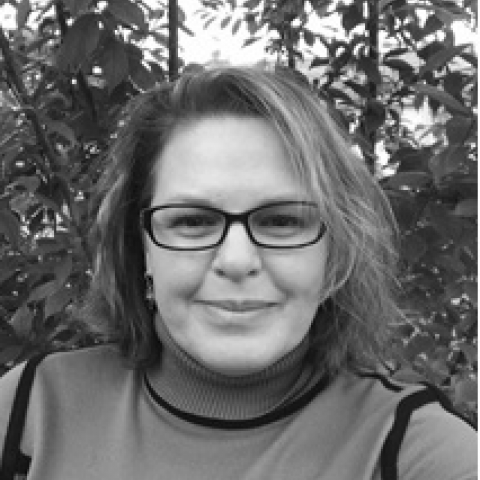
Audrey (Guidera) Reznik
Sr. Principal Software Engineer at Red Hat
Audrey Reznik has been in the IT industry (private and public sectors) for 27 years in multiple verticals. Audrey was instrumental in educating scientists about what the OpenShift platform was and how to use OpenShift containers (images) to organize, run, and visualize data analysis results. Audrey now focuses on next-generation applications. She is passionate about Data Science and in particular the current opportunities with Machine Learning and Federated Data.







This was sent to info@learn.odoo.com because you are subscribed to Webinars. To view and manage your marketing-related email preferences with Intel, please click here.
© 2023 Intel Corporation
Intel Corporation, 2200 Mission College Blvd., M/S RNB4-145, Santa Clara, CA 95054 USA. www.intel.com
Privacy | Cookies | *Trademarks | Unsubscribe | Manage Preferences
by "Intel Developer Zone" <intel.developer.zone@plan.intel.com> - 03:24 - 16 Jun 2023 -
Last chance to register: AI Webinar with ABI Research
Upcoming webinar: Future-Proof Your AI Strategy
Learn key principles for future-proofing your AI strategy.
Preparing the Foundation for the AI of Tomorrow
Wednesday, June 21, 2023
9:00am - 10:00am PDTRegister now 
Presented By

Kavitha Prasad
VP and GM, Data AI Cloud & Enterprise Strategy (DACES), Intel Corporation

Malik Saadi
Managing Director and VP, Strategic Technology, ABI Research

To future-proof AI investments and strategies, businesses must start early, identify desired business outcomes, actively build internal capabilities, and roll advanced AI techniques out across the entire organization. In this webinar, experts from ABI Research and Intel will take a deep dive into these topics and explore 4 principles for future-proofing your AI investments, strategy, and infrastructure.
Register now 





If you forward this email, your contact information will appear in any auto-populated form connected to links in this email.
This was sent to info@learn.odoo.com because you are subscribed to Webinars. To view and manage your marketing-related email preferences with Intel, please click here.
© 2023 Intel Corporation
Intel Corporation, 2200 Mission College Blvd., M/S RNB4-145, Santa Clara, CA 95054 USA. www.intel.com
Privacy | Cookies | *Trademarks | Unsubscribe | Manage Preferences
by "Intel Corporation" <intel@plan.intel.com> - 03:22 - 16 Jun 2023 -
How Gen AI could make your organization more profitable
The Shortlist
Four new insights Curated by Liz Hilton Segel, chief client officer and managing partner, global industry practices, & Homayoun Hatami, managing partner, global client capabilities
Twice monthly, we bring you four new insights out of the dozens we publish that we think are worth a second glance from any business leader in any geography. In this edition, we look at what hybrid work means for your company’s real estate strategy, offer straight talk on generative AI’s business use cases, and more. We hope you enjoy the read.
—Liz and Homayoun
Read up on a new strategy for global IT in Managing the forces of fragmentation: How IT can balance local needs and a global efficiency in a multipolar world, by Oliver Bossert, Mathis Friesdorf, Andreas Kopper, and Wolf Richter.
We hope you find this synthesis helpful. See you in two weeks with four more ideas from McKinsey.Share these insights
This email contains information about McKinsey’s research, insights, services, or events. By opening our emails or clicking on links, you agree to our use of cookies and web tracking technology. For more information on how we use and protect your information, please review our privacy policy.
You received this email because you subscribed to The Shortlist newsletter.
Copyright © 2023 | McKinsey & Company, 3 World Trade Center, 175 Greenwich Street, New York, NY 10007
by "McKinsey Shortlist" <publishing@email.mckinsey.com> - 03:32 - 16 Jun 2023 -
What could your commute look like in 2035?
On Point
Imagining the future of mobility Brought to you by Liz Hilton Segel, chief client officer and managing partner, global industry practices, & Homayoun Hatami, managing partner, global client capabilities
• Riding into the future. An annual survey conducted by the McKinsey Center for Future Mobility examines four mobility trends across the world, from shared mobility to autonomous driving. According to McKinsey partner Kersten Heineke and colleagues, results from 2022 show a willingness on the part of consumers to change their transportation habits. Moving away from private-car use—which contributes to road congestion and increased carbon emissions—and toward shared mobility could create a more seamless and sustainable mobility ecosystem.
— Edited by Gwyn Herbein, editor, Atlanta
This email contains information about McKinsey's research, insights, services, or events. By opening our emails or clicking on links, you agree to our use of cookies and web tracking technology. For more information on how we use and protect your information, please review our privacy policy.
You received this email because you subscribed to the On Point newsletter.
Copyright © 2023 | McKinsey & Company, 3 World Trade Center, 175 Greenwich Street, New York, NY 10007
by "McKinsey On Point" <publishing@email.mckinsey.com> - 12:09 - 16 Jun 2023 -
Purchase of Resettlement
Dear Sir/Madam,
The war and political tussles in our country have today made us fugitives in our own country Sudan.
I am a mineral miner in my country Sudan.
I write to inquire if you or your company can assist me purchase homes that can accommodate me and my family members for resettlement in your country.
I will pay for your service charge, before the purchase.
Regards,
Abdul Kareem
by "Abdul Kareem" <abdulkareemmm@getnada.com> - 08:19 - 15 Jun 2023 -
Re
Hi, I wanted to reach out because I have an Audit of your website that reports on the key areas that Google identifies as the main reasons you're probably missing out on a lot of leads. Are you the right person to send this report with no cost or obligation? If you are, please reply to this email and I'll send it over to you. Yours Sincerely Nina Sackman ----------------------------------------------------------------------- Note:-If you are not interested, kindly respond with "REMOVE"
by "Nina Sackman" <info@betterperception.com> - 02:12 - 15 Jun 2023 -
Hi
Hi, My name is Alison. I have an audit of your website that reports on the key areas that Google identifies as the main reasons. You are probably missing out on a lot of leads. Are you the right person to send this report to at no cost and no obligation? Please let me know, So I can share the report/analysis with you. Many Thanks Alison McLean ------------------------------------------------------------ Note:-If you are not interested, kindly respond with "No"
by "Alison McLean" <info@karmacenter.com> - 01:24 - 15 Jun 2023
.png?width=1200&upscale=true&name=Expense%20management%20usecases%20(1).png)









